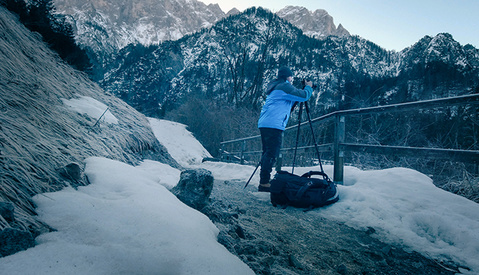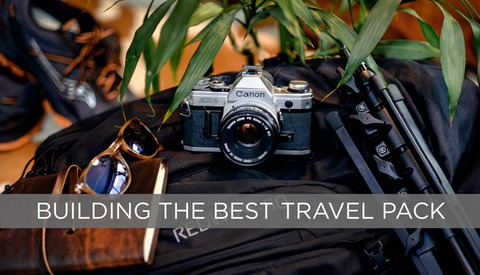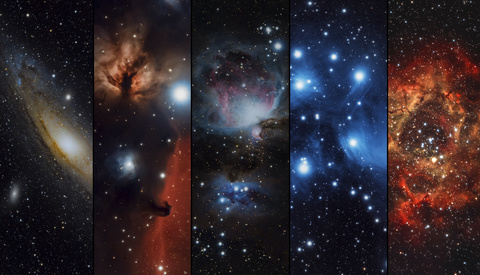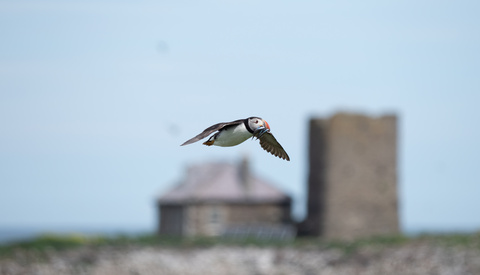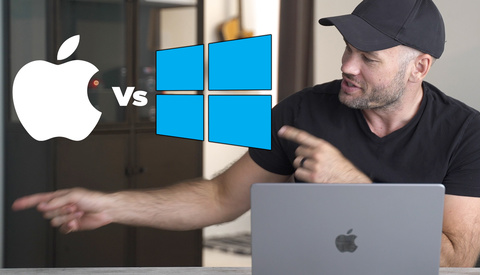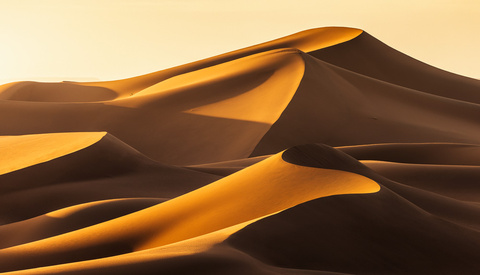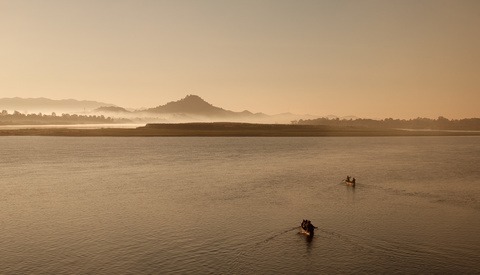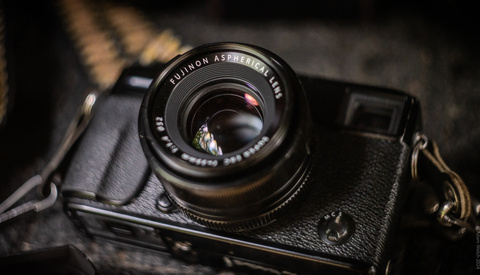From Vanity Fair covers to designer fashion shows and theater stages, artist Sarah Oliphant has painted her way into the fabric of fashion by creating beautiful canvases worthy of framing on a scale large enough to become the industry's leading backdrop painter. Oliphant Studio has been creating scenic backdrops for photographers, film producers, fashion designers, architects, and interior designers since 1978. Along the way, Oliphant has collaborated with the top level of fashion and editorial portrait photographers including Annie Leibovitz, Steven Meisel, Patrick Demarchelier, Albert Watson, Mark Seliger, Norman Jean Roy, and Sue Bryce while also providing an inventory of backdrops available for rent to photographers beginning and advanced.



